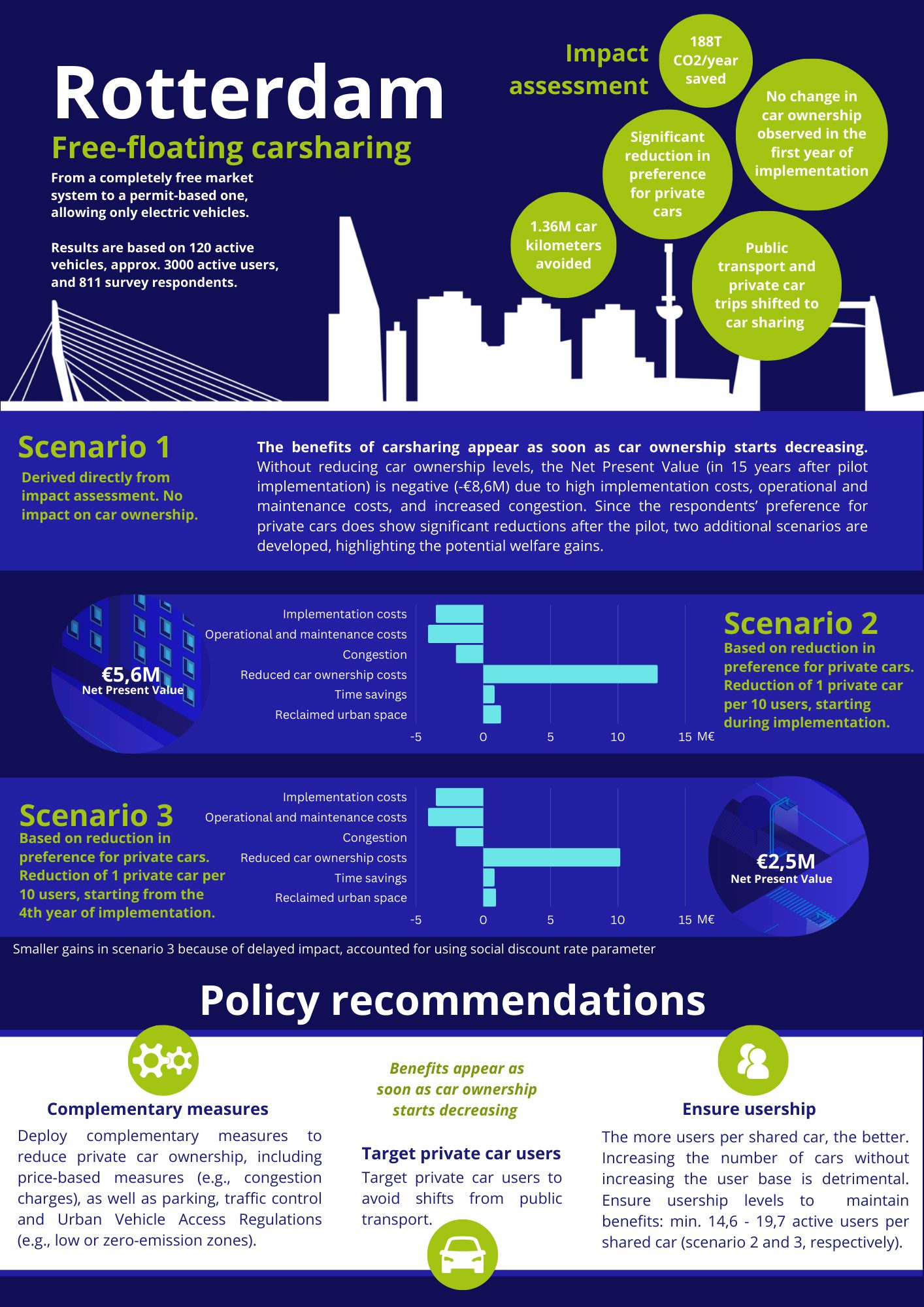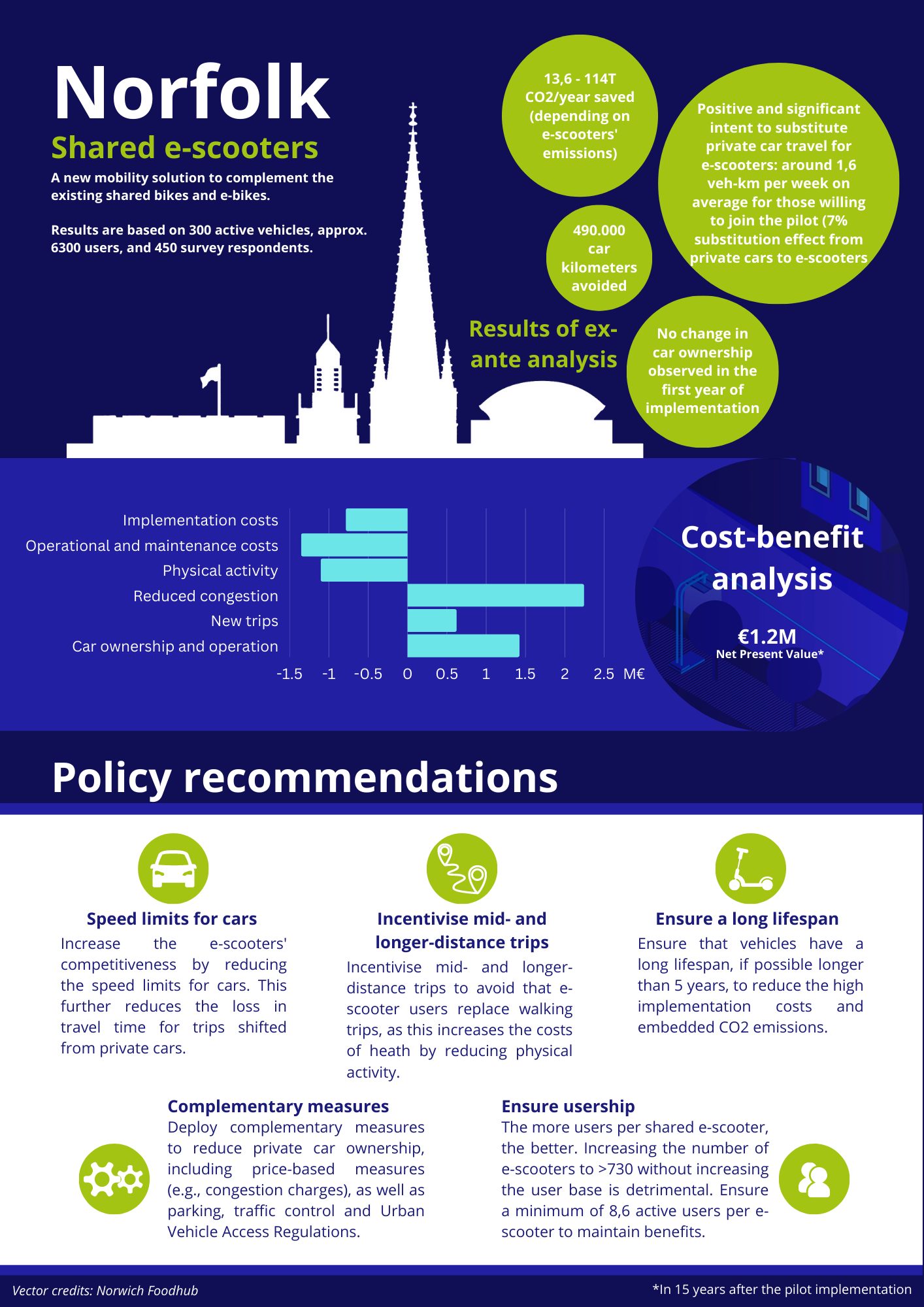Are shared e-scooters and shared EVs helping to create more sustainable cities?
- Like
- Digg
- Del
- Tumblr
- VKontakte
- Buffer
- Love This
- Odnoklassniki
- Meneame
- Blogger
- Amazon
- Yahoo Mail
- Gmail
- AOL
- Newsvine
- HackerNews
- Evernote
- MySpace
- Mail.ru
- Viadeo
- Line
- Comments
- Yummly
- SMS
- Viber
- Telegram
- Subscribe
- Skype
- Facebook Messenger
- Kakao
- LiveJournal
- Yammer
- Edgar
- Fintel
- Mix
- Instapaper
- Copy Link
Posted: 1 June 2023 | Ignacio Magallón - Bax & Company, Joan Estrada - Bax & Company, Lorena Axinte - Bax & Company, Samuel Rouquette - Bax & Company | No comments yet
Shared mobility solutions can offer towns and cities a range of benefits, particularly in the realm of improving sustainable travel behaviours, but it can be difficult for local authorities to choose which solution would best support their regions.
To solve this challenge, Bax & Company’s MObility DEcisions (MODE) framework offers a robust methodology that supports evidence-based decision-making and can adapt to different types of pilots, project phases and types of available data, enabling local authorities to analyse the expected impact of these programmes ahead of implementation.


Local authorities can have a hard time choosing which shared mobility solutions to support. One of the best examples comes from Paris, where a public referendum has decided the future of shared e-scooters, despite recent studies1 demonstrating that they can be a safe and popular substitute for cars in the French capital.
Fortunately, cities such as Rotterdam and Norfolk are following a different approach – based on data analysis – to understand the impact of shared mobility on their environments. In 2021, Rotterdam switched from a completely free market system for car-sharing to a permit-based one. Through it, the city requires car-sharing operators to deploy only electric vehicles (EVs) and develop exploitation plans to demonstrate that they are contributing to Rotterdam’s key mobility objectives.
Similarly, Norfolk introduced a shared e-scooter pilot, extending its fleet of shared bikes and e-bikes. To avoid issues encountered in other places, Norfolk took measures to ensure the safe and legal use of shared e-scooters, such as: rental; making sure that they are returned to designated parking bays only; geofencing and fining use in prohibited areas, like pedestrianised streets; capped top speed; and requirement of a valid driving license, etc. In addition, the city also offered training, benefitting both users and other traffic participants.
The MObility DEcisions framework
In order to analyse the impact of these programmes, Rotterdam and Norfolk used the MObility DEcisions (MODE) framework, developed by Bax & Company. MODE offers a robust methodology that supports evidence-based decision-making and can adapt to different types of pilots, project phases and types of available data. Inspired by the credibility revolution in economics2, MODE can treat every case as a natural experiment and establish causal impacts, unlike many other studies which do not control confounding factors. Some of the questions that it can answer are:
- How does shared mobility impact CO2 emissions, congestion, car usage and car ownership?
- Who are the shared mobility users and what are their socio-economic profiles?
- What modes of transport are shared mobility users replacing?
- What costs and benefits does shared mobility bring at a societal level?
- What is the monetary value of various impacts (e.g., pollution, accidents, public space, etc.) and how does it compare with the costs of deploying/supporting the implementation?
- What lessons can be drawn and how can they improve policies and urban mobility strategies (e.g., guiding sustainable urban mobility planning)?
- What is the optimal fleet size and how can shared mobility be optimised via bespoke incentives and measures?
- Where should shared mobility stations/drop-off areas be located to ensure equitable access across the city?
Rotterdam and Norfolk: The findings
The results for Rotterdam and Norfolk show that shared mobility is worth the investment, from a welfare perspective, especially when it leads to private car ownership reduction. While ownership reduction was not yet detectable in the two cities, attitudes towards cars seemed to be shifting, showing the potential for car reduction in the future. Illustrating this in Rotterdam’s case, Scenarios 2 and 3 (which are outlined in Figure 1) highlight the positive Net Present Value3 gains following the car-sharing pilot. These are expected to increase as car-sharing becomes an established service and more citizens replace their private cars with shared vehicles. Still, the reduction of car ownership and usage is a long-term process which requires additional measures4, such as congestion charges, parking, traffic control and Urban Vehicle Access Regulations.


Credit: Bax & Company – Figure 1
Another key lesson learned after applying the MODE framework was the importance of maintaining certain usership levels. This question is especially important when determining fleet sizes or when considering an increase in the number of shared vehicles. Local authorities (and shared mobility providers, too) might struggle with such decisions, as too few vehicles might make the service unreliable, whereas too many could lead to street cluttering and loss of income for operators.
The analysis showed that, in Rotterdam’s case, the minimum should be 14 to 20 active users per shared car (depending on how quickly car‑sharing starts leading to a reduction in car ownership – see Scenarios 2 & 3 in Figure 1); whereas, in Norfolk, the minimum should be nine active users per shared e-scooter. These numbers are tightly linked to the local conditions but, thanks to its adaptability, the same MODE framework can be applied for any city for similar analysis.


Credit: Bax & Company – Figure 2
Policy recommendations
The analysis also led to recommendations which prevent shared mobility from competing with other sustainable modes. For instance, local authorities and mobility providers can introduce certain incentives to stimulate the use of shared vehicles in certain areas, or for certain distances, avoiding the replacement of short walking trips (in the case of e-scooters) or mid-distance public transport trips (in the case of shared cars).
Conversely, the advantages that private cars currently have should gradually be reduced. Most public authorities have capped e-scooter speeds to 20km/h or less. To help these micro-mobility options be competitive with cars, public authorities should also bring down car speeds to 30km/h or lower.
Last, but not least, public authorities should strive to regularly assess how private car ownership and usage levels change, since this is the most effective way of increasing the welfare benefits of shared mobility. Once set up, the MODE framework can be repeated and updated, offering evidence for long-term planning.
References
- Zag Daily, (2023), Paris study: E-scooters are safer than bikes and help transition from car
- The Nobel Prize, (2021), Sveriges Riksbank Prize in Economic Sciences in Memory of Alfred Nobel 2021
- The Net Present Value (NPV) is a financial metric showing how much an investment is worth throughout its lifetime, adjusted to today’s value
- Kuss, P., & Nicholas, K. A., (2022), A dozen effective interventions to reduce car use in European cities: Lessons learned from a meta-analysis and transition management, Case Studies on Transport Policy, 10(3), 1494-1513
Interested in what questions the MODE framework could answer for your strategy and decisions on future mobility? Get in touch here for more information.


Authors
Lorena Axinte, Senior Mobility Consultant at Bax & Company
Ignacio Magallón, Senior Strategy Consultant at Bax & Company
Joan Estrada, Mobility Consultant at Bax & Company
Samuel Rouquette, Mobility Analyst at Bax & Company
Related topics
Active travel, Air Quality, Alternative Power, Micro-mobility, Mobility Services, Sustainable Urban Transport, Traffic Management
Issue
Issue 2 2023
Related modes
Bikes & Scooters, Electric Vehicles (EV)
Related countries
The Netherlands, United Kingdom
Related organisations
Bax & Company
Related people
Ignacio Magallón, Joan Estrada, Lorena Axinte, Samuel Rouquette








